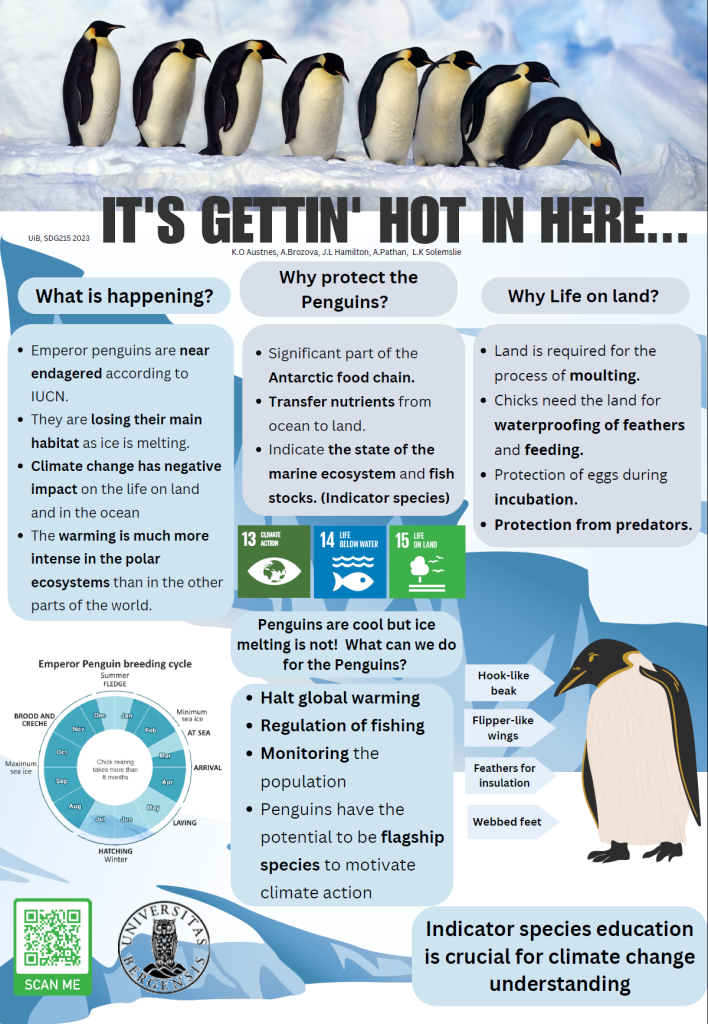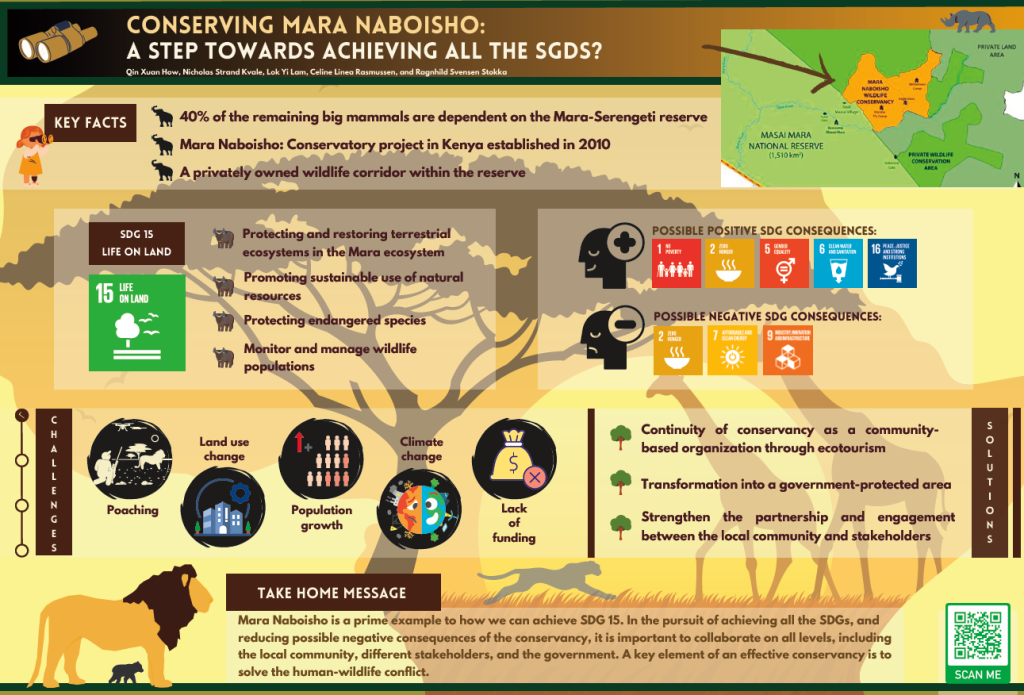Abstract
Hydrographic properties of the upper ocean on the South Orkney Plateau, Antarctica, from austral summer 2011-2020 are processed using data collected alongside krill trawlings. This shows good applicability of this method and contributes to improved hydrographic monitoring. The results show clear salinity driven stratification. The fresh and warm surface water displays a positive northward temperature gradient. Below the upper pycnocline the colder and more saline Winter Water was found. In some years indications of the Upper Circumpolar Deep Water was also found, which indicates the southern boundary of the Antarctic Circumpolar Current. On an inter-annual scale, the surface waters exhibit large variability. Years with more sea ice free days prior to sampling have warmer and more saline surface properties and vice versa. No direct link between the hydrographic properties and the Antarctic krill (Euphasia Superba) abundance and distribution was found. This is likely due to correlations with additional factors and is subject to further work.




















